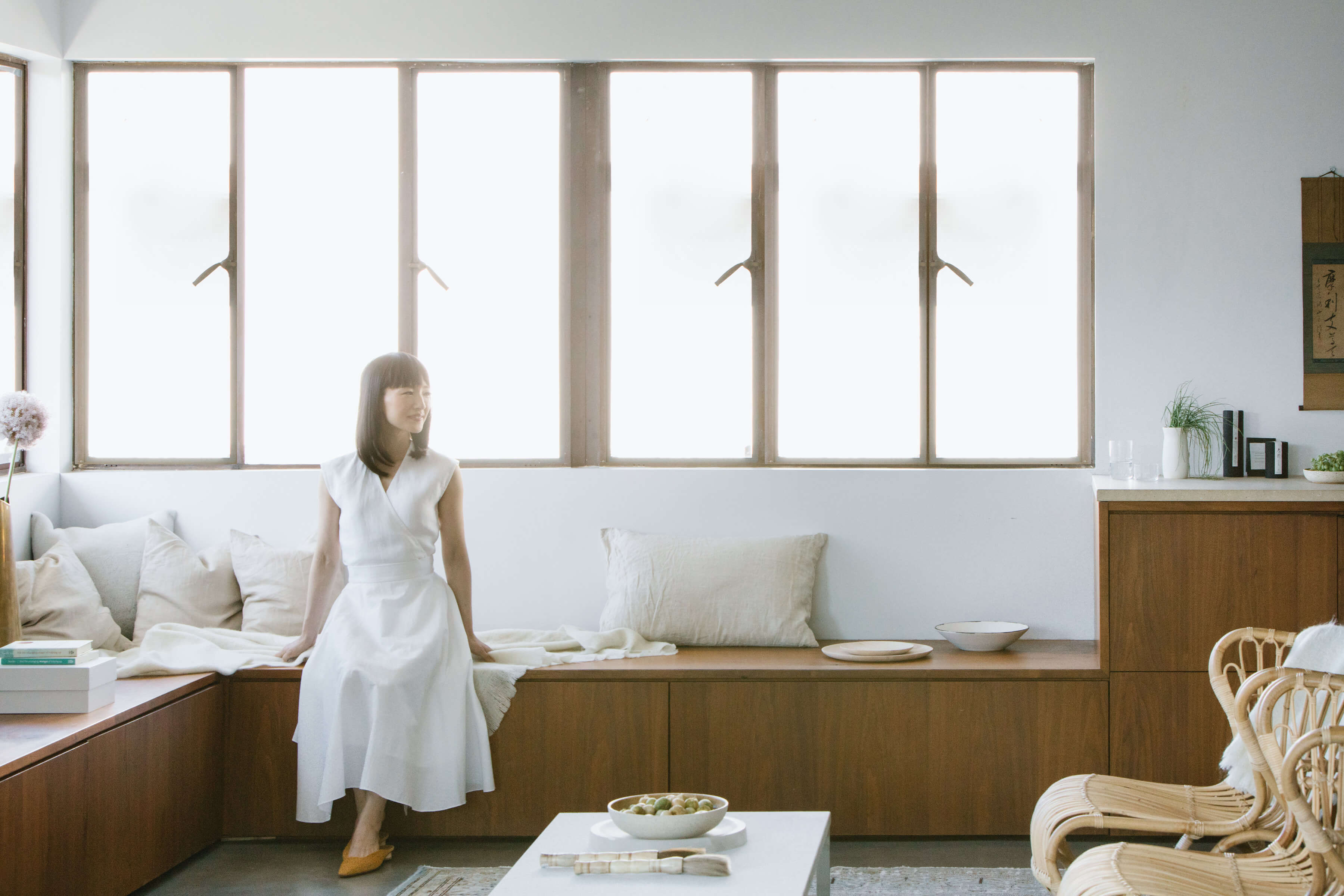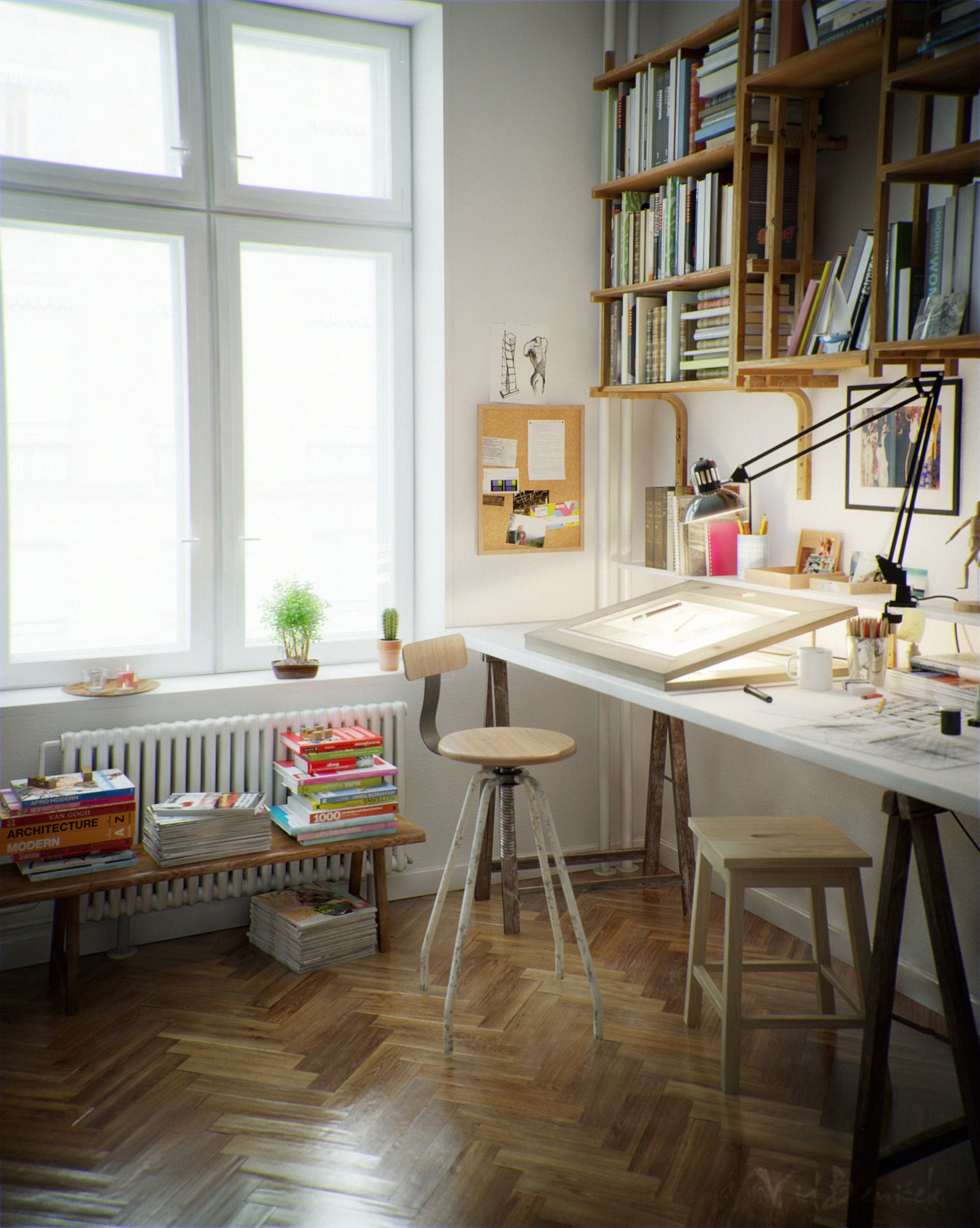The Art of Minimalism: Developing a Well Balanced and Peaceful Living Environment
The Art of Minimalism: Developing a Well Balanced and Peaceful Living Environment
Blog Article
Minimalism in Method: Effective Methods for Developing a Well Balanced and Intentional Home Setting
The practice of minimalism offers an organized strategy to cultivating a home atmosphere that reflects intentionality and balance. Integrating multi-functional furnishings and frequently reassessing possessions adds to an area that resonates with individual values.
Understanding Minimalism
Minimalism, commonly misinterpreted as plain simpleness or an absence of possessions, includes an extensive viewpoint that encourages people to curtail their lives to what absolutely matters. At its core, minimalism has to do with deliberate living, promoting a much deeper link with oneself and the surrounding atmosphere. This lifestyle supporters for the elimination of excess, enabling people to concentrate on essential worths, experiences, and relationships.
The minimalist method expands past physical belongings; it encourages people to evaluate their commitments, habits, and psychological clutter. By prioritizing quality over amount, minimalists look for to produce spaceâEUR" both actually and metaphoricallyâEUR" for what really improves their lives. This approach advertises mindfulness, prompting people to take part in thoughtful decision-making concerning their time, resources, and power.
Comprehending minimalism needs an admiration of its transformative possibility. It is not just a fad but a purposeful option to embrace simplicity and clarity. With this lens, individuals can grow a more purposeful presence, leading to boosted wellness and satisfaction. Ultimately, minimalism works as a pathway to better fulfillment, urging individuals to align their lives with their core values and goals.
Decluttering Your Room
To grow a orderly and serene living space, it is vital to engage in an extensive decluttering process. Begin by evaluating each space systematically, identifying items that no longer serve an objective in your life or line up with your values.
Start with smaller sized rooms, such as a cabinet or an edge of a space, and gradually progress to bigger areas. As you sort through items, categorize products right into three groups: keep, contribute, and discard.
Once finished, take into consideration executing a "one in, one out" guideline to stop future accumulation. By establishing a mindful method to your possessions, you create an even more deliberate living room that fosters clarity and enhances your total high quality of life.
Curating Your Valuables
Curating your valuables entails a thoughtful and deliberate method to what you pick to maintain in your life. This process starts by reviewing each item based on its utility, nostalgic worth, and visual appeal. By asking essential questionsâEUR" such as whether a thing offers a purpose or brings you joyâEUR" you can make enlightened choices about what really should have a location in your house.
To effectively curate your personal belongings, take into consideration producing categories. Group items by feature, belief, or frequency of use, which can help clarify their duties in your life. This technique not just improves the choice procedure but also cultivates a deeper appreciation for the possessions you pick to maintain.
Once you have actually identified your most valued things, focus on presenting them in a manner that boosts their value. Thoughtful plan can change daily things into meaningful centerpieces, contributing to a calm and deliberate environment.
Ultimately, the goal of curating your belongings is to grow a space that mirrors your values and way of life. By prioritizing high quality over amount, you create an unified atmosphere that promotes mindfulness and wellness in your home.
Creating for Performance
Creating for functionality needs an eager understanding of just how space and things connect within your home. Each thing ought to offer a purpose, improving not just the visual top quality of the setting yet also its use. Start by evaluating the primary features of each room. As an example, the cooking area needs to promote cooking and meal preparation, while the living-room need to promote relaxation and social interaction.

Take into consideration the flow of activity within each area, permitting natural shifts in between spaces. This can be attained through open formats or tactically placed furniture that motivates flow.
Making use of upright room can additionally enhance functionality; install shelves or wall-mounted storage space to maintain floorings clear. Stress the importance of check my reference lighting, as it can considerably impact how practical an area feels. By focusing on utility and simplicity, you can develop an unified living see here setting that sustains both day-to-day tasks and personal health.
Keeping a Minimal Lifestyle
Creating a useful room is just the first step toward accepting a minimalist way of living; the difficulty lies in maintaining that simpleness over time. To sustain a minimal technique, regular evaluation of possessions is important. This entails a periodic review of things to identify their need and utility. Adopting the "one in, one out" policy can efficiently prevent accumulation; for every single new thing introduced, an existing one ought to be removed.
Another critical aspect is mindfulness in usage. Being willful about purchases aids avoid impulse acquires that can clutter both physical and psychological area. When purchasing, take into consideration whether an item adds authentic value to your life or aligns with your minimalist goals.

Last but not least, create an encouraging environment by surrounding on your own with like-minded individuals that value minimalism (Minimalism). Participating in conversations or taking part in minimal areas can give inspiration and accountability, guaranteeing that simpleness continues to be a core principle in your daily life
Verdict
Finally, the method of minimalism cultivates a intentional and well balanced home setting via organized decluttering, thoughtful curation of belongings, and the prioritization of functionality in style. By taking on approaches such as the "one in, one out" guideline and involving with supportive areas, people can sustain a minimal way of life. This method not only minimizes excess yet additionally improves mindfulness, eventually adding to a much more significant and purposeful living experience.
Incorporating multi-functional furniture and routinely reflecting on valuables adds to a space that resonates with personal values. By developing a mindful technique to your belongings, you produce an moved here even more willful living area that cultivates clarity and improves your general quality of life.Designing for performance requires a keen understanding of how area and objects communicate within your home.Developing a useful space is only the very first action towards welcoming a minimal lifestyle; the difficulty exists in keeping that simplicity over time. Being intentional regarding acquisitions assists prevent impulse acquires that can clutter both physical and mental area.
Report this page